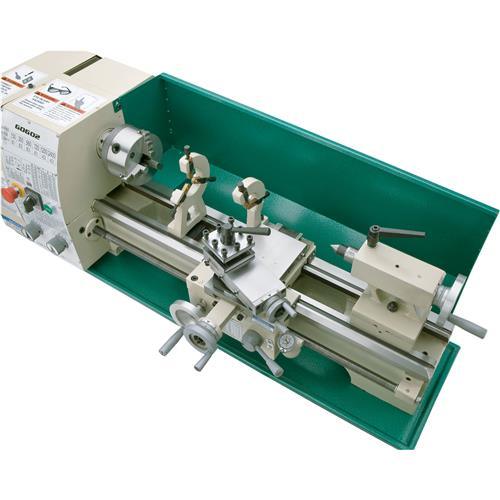Thinking to add spider to my lathe, so I'm planning on building one from 4140. The back spindle is threaded, its metric thread 1.5 the OD is 1400. So I'm thinking to bore out hole for ID thread so I can screw it on the spindle and add setscrews to hold it in place. Well if anyone done this before I'm open to any suggestions...
Here is picture of the back spindle with one nut removed to expose threads.
Thank you ;-)

Here is picture of the back spindle with one nut removed to expose threads.
Thank you ;-)








